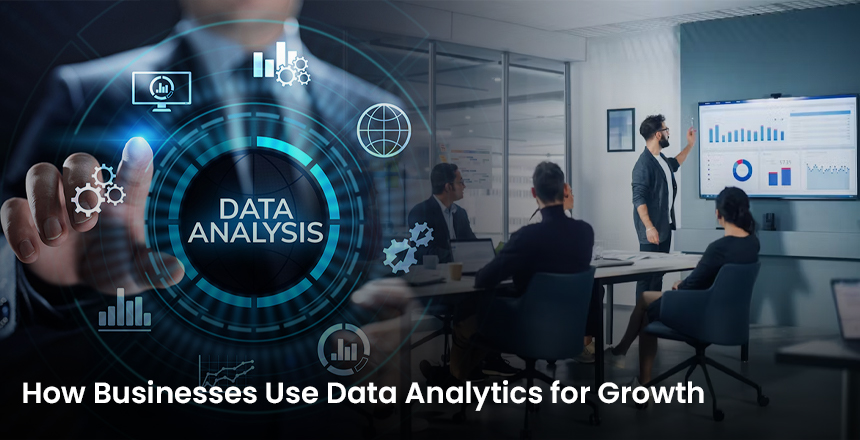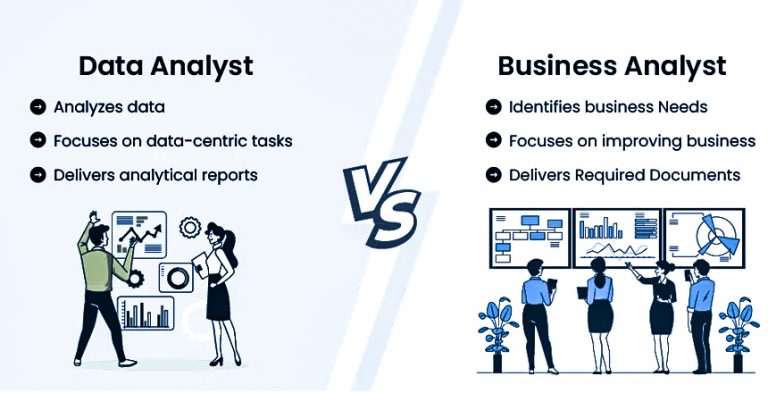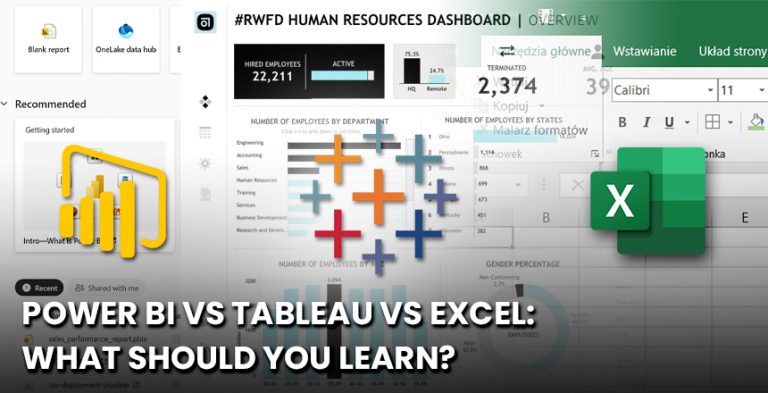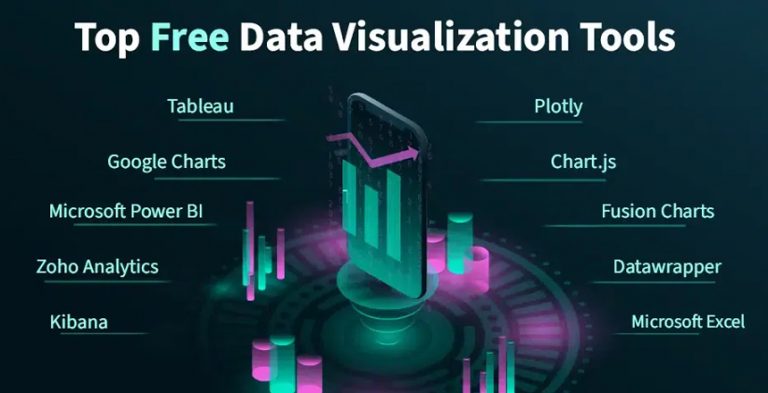In the modern era of the digital economy, data is not numbers anymore but one of the most valuable assets a business can have. Whether it is a small startup or a multinational corporation, the use of the analytics in data can help the company to make better decisions, become more efficient, and increase growth. Data collection, analysis and action are not only making firms survive under competitions but also thrive in the competitive markets. Now, it is time to see the examples of how companies of different industries leverage data analytics to drive their growth strategy and enjoy sustainable success.
Learning the Behavior of Customers
Another highly effective business application of data analytics is to draw extensive insights into the behavior of the customers. With the help of the customer data, including purchase records, the search habits, the demographics and the customer reviews, a company is able to get the idea of the things their customers desire, when they desire and how they wish to shop. This data allows companies to tailor their marketing campaigns, suggest the corresponding products, and enhance the customer journey in general. This promotes customer satisfaction thus customer loyalty and sales are improved.
Improvement of Marketing Methods
Data analytics can be applied to the optimum marketing campaigns. Businesses now analyze to monitor the effectiveness of advertisements, email campaigns, social networks, and websites as opposed to the previous method of trial and error. The usage of such tools as Google Analytics, Facebook Insights, and CRM dashboards allows the marketers to keep track of ROI, source of effective words, and content that their audience wants to consume. Such data-driven practice means that marketing budgets will be allocated more effectively, and the campaigns will be more successful.
Operational efficiencyImprovement of operational efficiency
Business performance depends on efficiency and the process of data analytics tends to ease operations within different departments. Analytics helps to detect the bottlenecks, forecast equipment breakdowns, and marked areas of enhancement in terms of supply chain management, the productivity of workforce, etc. To give some examples, retailers integrate analytics into streamlining the quantity on their shelves relying on their demand predictions, manufacturers use real-time regimes to track the quality of the production. Such gains cause cost reduction, rise in output and result into increased profitability.
Smart Financial Decision Making
Determined budgeting, investing and forecasting, using financial data analytics, enables businesses to make accurate decisions. Using the data on income statements, balance sheets, and cash flow, businesses are also able to observe financial patterns, track spending, and find areas of concern. Even sophisticated analysis tools have the ability to forecast future financial situations using past records. Such insight enables businesses to use resources more efficiently, make future plans to expand and save against losses.
Innovation and product development in driving
The business growth lies within innovation and data analytics is the path to innovation since it determines what the customers actually need. Most companies consider the customer feedback, customer care tickets and market trends to analyse product gaps and areas of improvement. This assists firms in planning new features, introduction of improved products as well as keeping at track with the industry. As an example, a tech company tends to use data analytics in order to base the development of certain apps, improve the UX design, and promote the product in the beta stage using real-time user feedback.
Market Trends Prediction
Predictive modeling is one of the best applications of data analytics. Companies will take previous and present information and verify what they should expect in the future. In whichever case, whether customer demand, market changes or industry alterations, predictive analytics affords a company a competitive edge. Retailers pre-plan on the basis of seasonal sales, financial institutions forecast stock market trends and the healthcare providers estimate patient needs, all by data-driven analytics.
Increasing of Sales and Revenue
The bottom line is that all these impacts are aimed at earning more money. Through identifying the correct clients, availability of better services, and elimination of forces of waste, data analytics enables companies to make sales. Analytics are also valuable in sales teams to define the high-value leads, monitor conversion rates, and establish goals. There is a tendency that companies, which use analytics effectively, grow faster, retain customers better and command better bottom lines.
Area of growth: making a decision using data.
Modern businesses have been dependent on data analytics as a form of growth driver. It converts raw data into usable knowledge so the firms can enhance the smooth flow of the processes, reach consumers, and expand successfully. Not only will data be an option in 2025 but it will also be a precondition of success. Those companies that welcome data analytics and create the culture of using and making decisions based on data are the ones that are the most likely to live and survive in the world of moving constantly on high speed and being highly competitive. This means that being on either end of a small business or even a large one, data can be used prudently in order to achieve your full potential.








